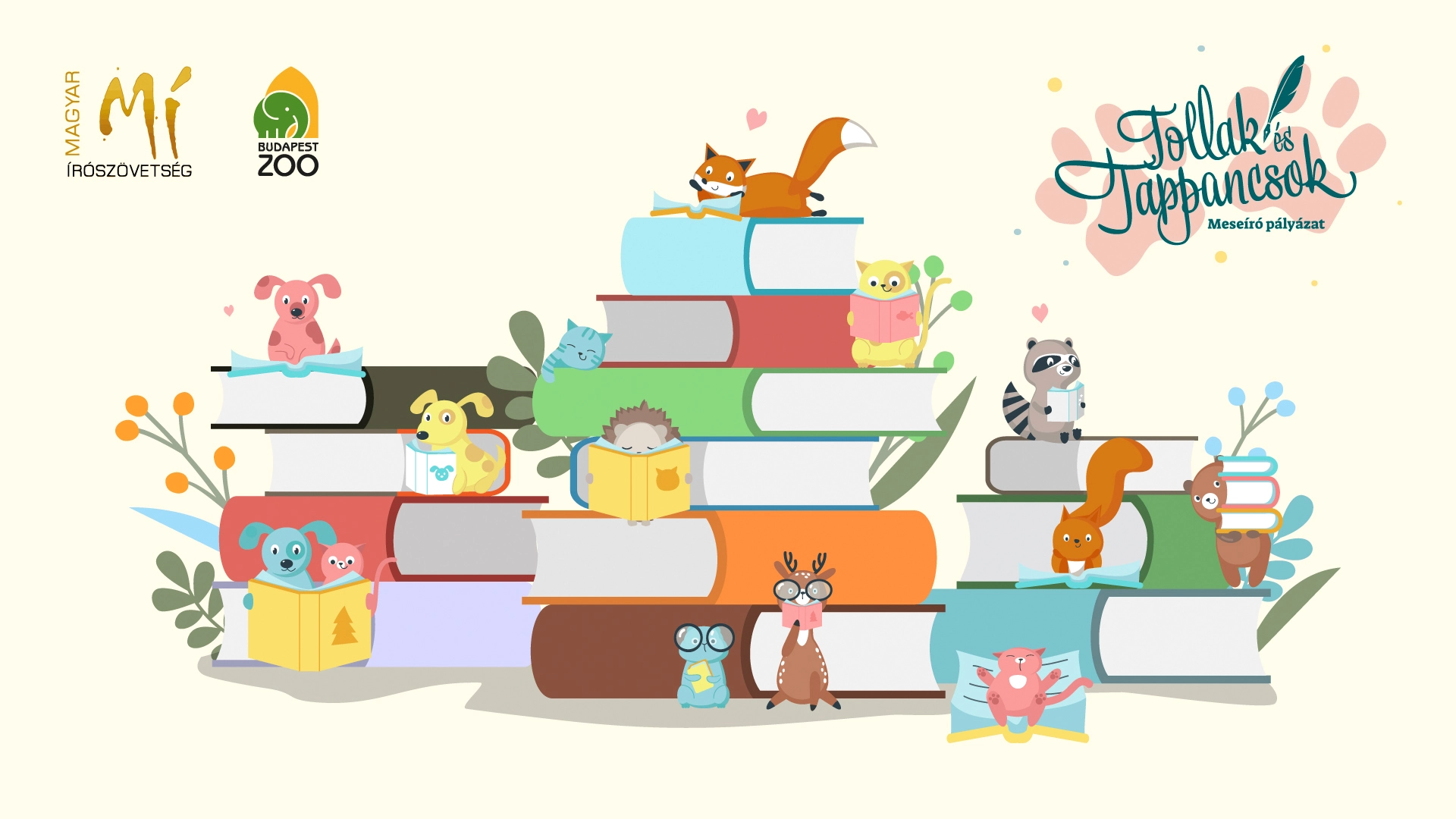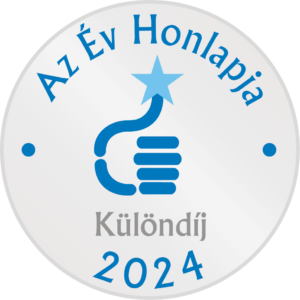Megvannak az Állatkert és a Magyar Írószövetség „közös meseíró pályázat díjazottjai! Az első díjat Fedina Lídia „Verseny a tűzzel” című meséje kapta. A második díjat Regős Mátyás „Fityiszt a farkasnak!” című, a harmadikat pedig Szőcs Margit „A tüsszentő elefánt” című meséjének ítélte oda az öttagú zsűri. Három további mese – Juhász Kristóf, Milbacher Róbert, illetve Oláh András írásai – különdíjas lett.

Június elején hirdette meg az Állatkert és a Magyar Írószövetség közös meseíró pályázatát „Tollak és Tappancsok” címmel. Az első fordulót olyan tapasztalt alkotók számára írtuk ki, akik legalább az egyik, a hivatalos pályázati felhívásban megjelölt írószervezet tagságába tartoznak. A beküldési határidő augusztus 1-jén járt le. Az öttagú szakértő zsűri általános értékelése szerint a pályázatra számos színvonalas pályamunka érkezett. Éppen ezért a zsűritagok nehéz helyzetben voltak, amikor a díjazásra javasolt alkotásokat kellett kiválasztaniuk. Végül a három fődíj mellett három különdíjat is odaítéltek.
Az I. díjat Fedina Lídia Verseny a tűzzel című alkotása érdemelte ki. A szöveg klasszikusan szépívű, jól komponált mese, amely rendkívül szubtilis módon mutatja meg ifjú olvasóinak a felelősségvállalás, önzetlenség, szükséges helytállás és esetenként a hősiesség fontosságát a(z állati – és persze ezen keresztül az emberi) társadalomban, és még a gyerekek zoológiai ismereteit is bővíti.
A II. díjat Regős Mátyás Fityiszt a farkasnak! című írása kapta. A mese meglepően szellemes fordulataival, tömör és jól szerkesztett tartalmával, lehengerlő humorával, egyszerre több (gyerek)generációhoz szólni tudó képességével érdemelte ki a díjat; humora az állati természet és látásmód egészen friss ábrázolására is képes, ami klasszikusokat megidéző külön erény.
A III. díjat Szőcs Margit A tüsszentő elefánt című meséjének ítélte a zsűri. A történet erős empátiájával, a gyerekfantázia gyógyulásban is tetten érhető hatásával olyan különleges világot teremt a kórházban lábadozó kislány körül és köré, amelyik feltétlenül kiemelkedik és díjazásért kiált.
Ezeken felül különdíjat kapott:
Állatkertünk és a Magyar Írószövetség időközben elindította a meseíró pályázat második fordulóját is azoknak az alkotó kedvű érdeklődőknek, akik ugyan nem feltétlenül tapasztalt írók, és nem tagjai egyik írószervezetnek sem, ám kedvet és tehetséget éreznek magukban a meseíráshoz. Így a Nagy Zsuzsanna, a köztársasági elnök házastára fővédnökségével meghirdetett „Tollak és Tappancsok – Újratöltve” című folytatásban a pályázatot kinyitjuk a tehetséges amatőr meseírók előtt is, vagyis itt az írószervezetek valamelyikében való tagság már nem számít részvételi feltételnek. Erre a fordulóra szeptember 30-ig várjuk a pályaműveket.
Az első forduló már nyilvánosságra hozott nyertesei, illetve a pályázat második részének legjobb alkotói egy közös díjkiosztón vehetik majd át a díjakat. Szándékunk, hogy a legjobban sikerült meséket a pályázat mindkét fordulójából egy gyűjteményes mesekönyvben jelentetjük meg.
Iratkozz fel hírlevelünkre és értesülj elsőként újdonságainkról, programjainkról és friss híreinkről!

